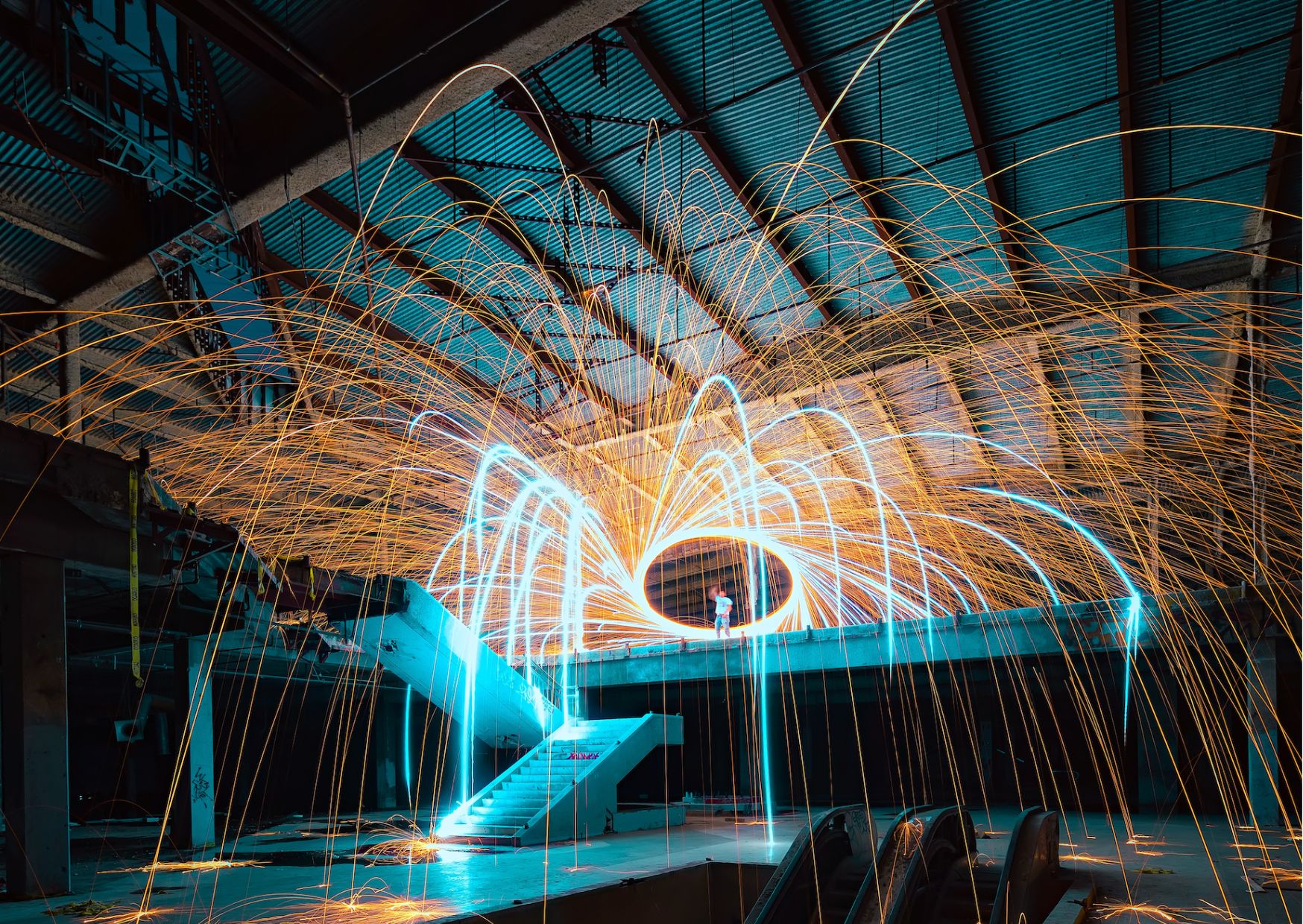
Novel technologies require new skills in engineers and artisans alike. MEMSA recently completed a merSETA-funded research programme into 4IR-related skills needs in the industry. The study revealed SA manufacturers are selectively adopting new technologies, including IoT, 3D printing, Computerised Machine Maintenance Systems (CMMS), robotics and automation. Products manufactured increasingly include or link into data collection and transmission eco-systems.
While universities are responding rapidly to the need for new skills, it is difficult for the under-resourced TVET system to adapt. New skills are best acquired in modular form through short courses – which digitally can be made widely available. The study recommended continued assessment and collaboration on sourcing courses for development at both artisan and engineer-level. MEMSA’s CEO sits in both the merSETA Metals Chamber, and Steel Master Plan HR Workstream, where skills matters are addressed at a sector level.
The development of skills relevant to the technologies of the future is essential to continued competitiveness. MEMSA's study of 4IR-related skills needs in the mining equipment manufacturing industry was funded by merSETA, while research was undertaken by partner Urban Econ: Nikela.
MEMSA also commenced with initiatives to support members in 'riding the wave' of change.
The Precinct’s RTIMS programme demonstrated the output of recent online knowledge repositories and database projects aimed at enabling engineers designing information, communication and machinery systems for mines of the future.
Safety remains a powerful driver for technology development, and MEMSA members participate in the Minerals Council-led TMM Regulatory Alignment Project, in preparation for the implementation of ‘Level 9’ safety regulations – requiring trackless mining machinery to automatically slow or stop to prevent collisions. The need for integrated sensor, transmission, and mechanical technologies from OEMs and OTMs, ensuring a system that is safe and efficient, is demanding new levels of collaboration among mines, manufacturers and research partners. The process has involved learnings by all involved, which may underpin new technology partnerships.
